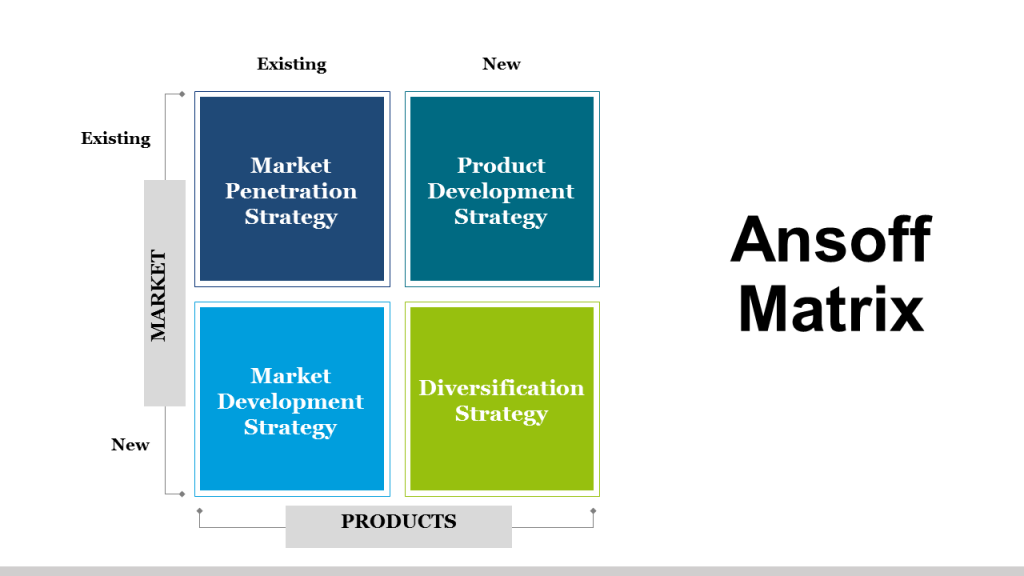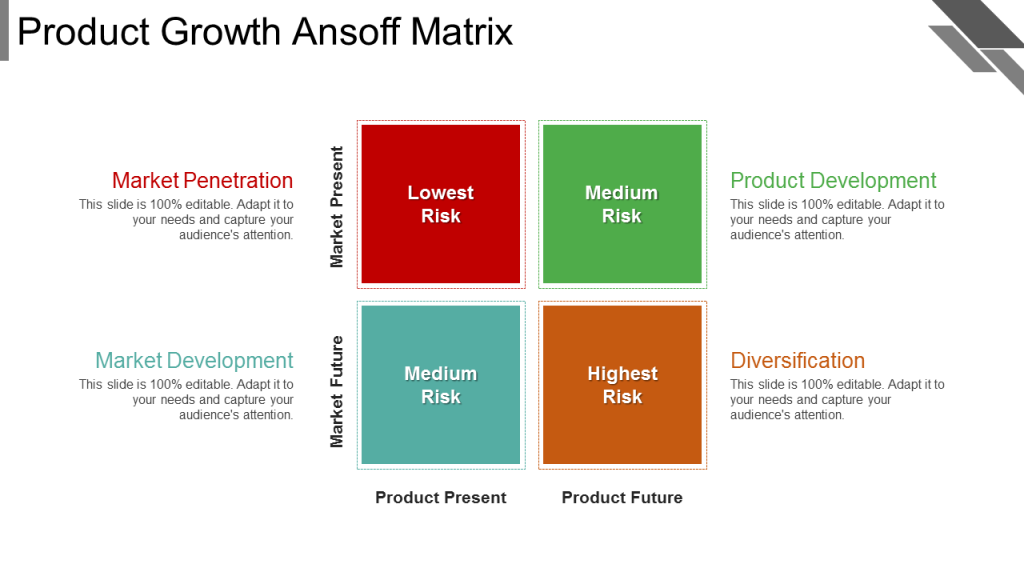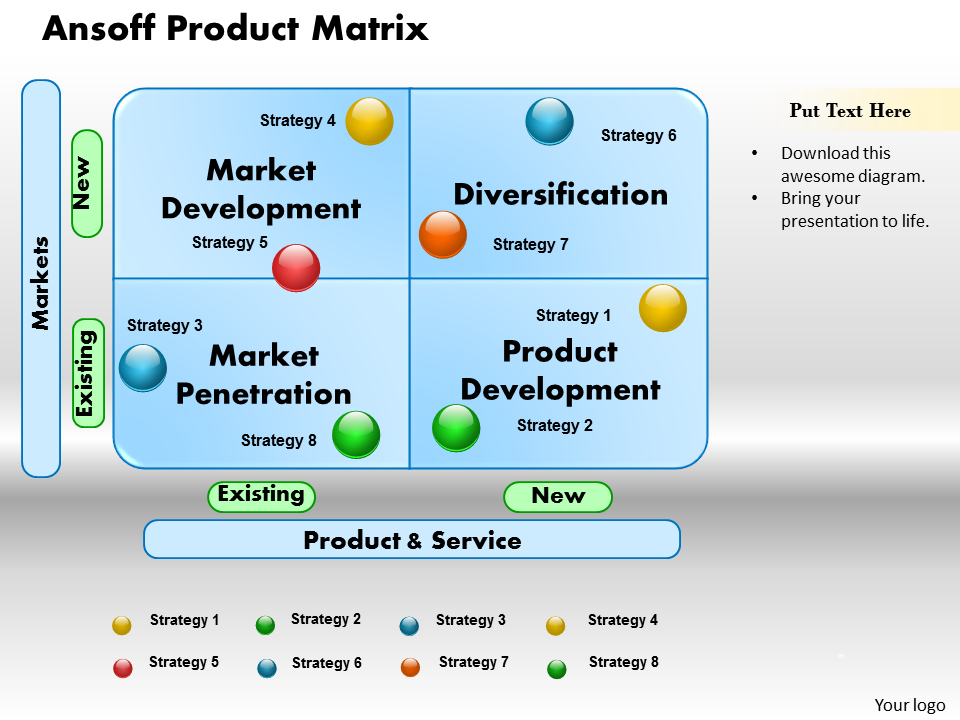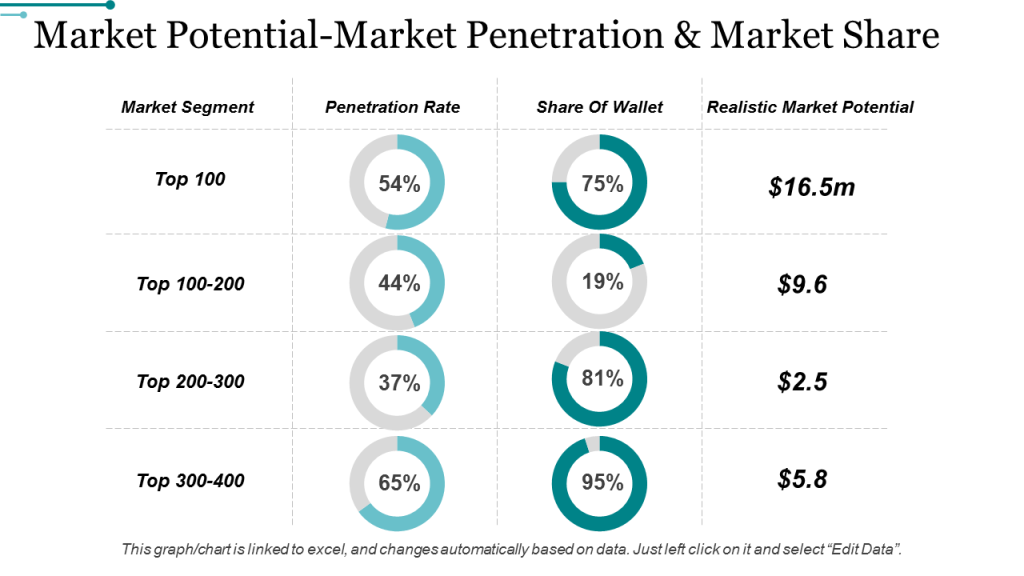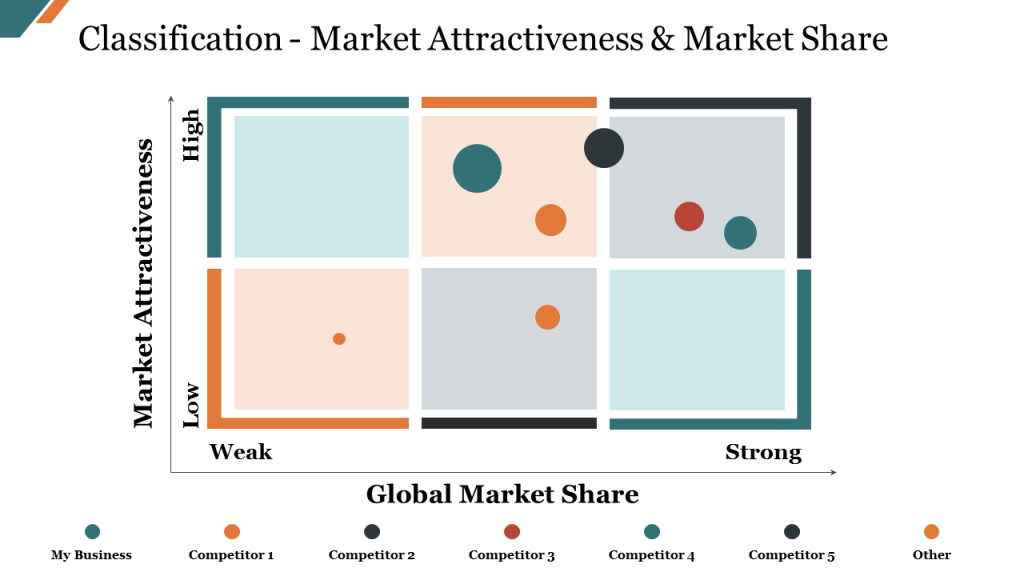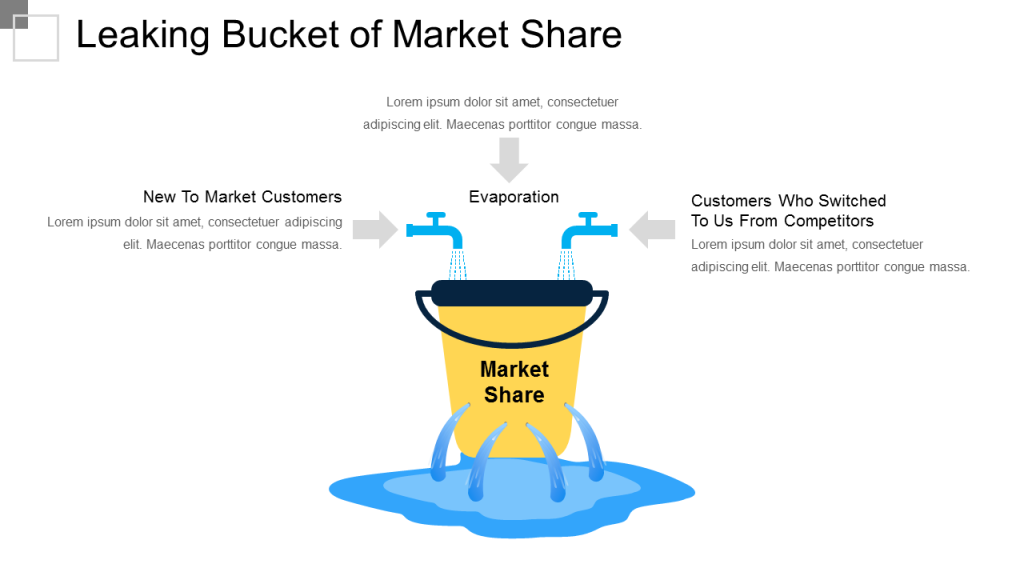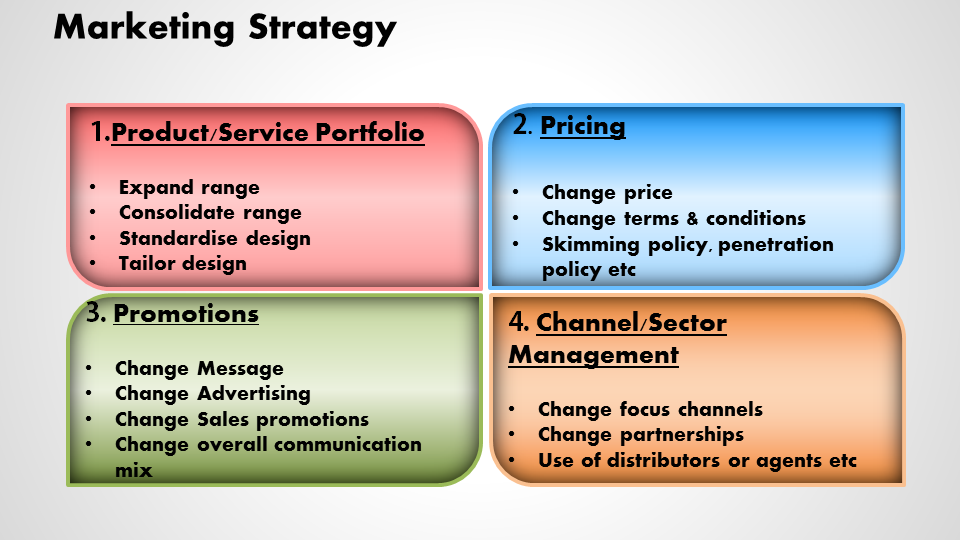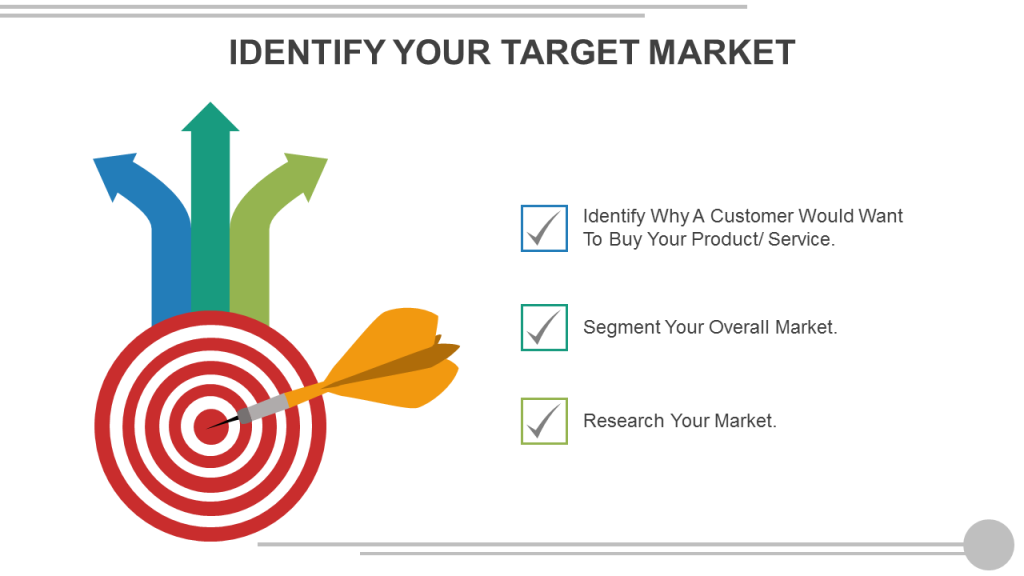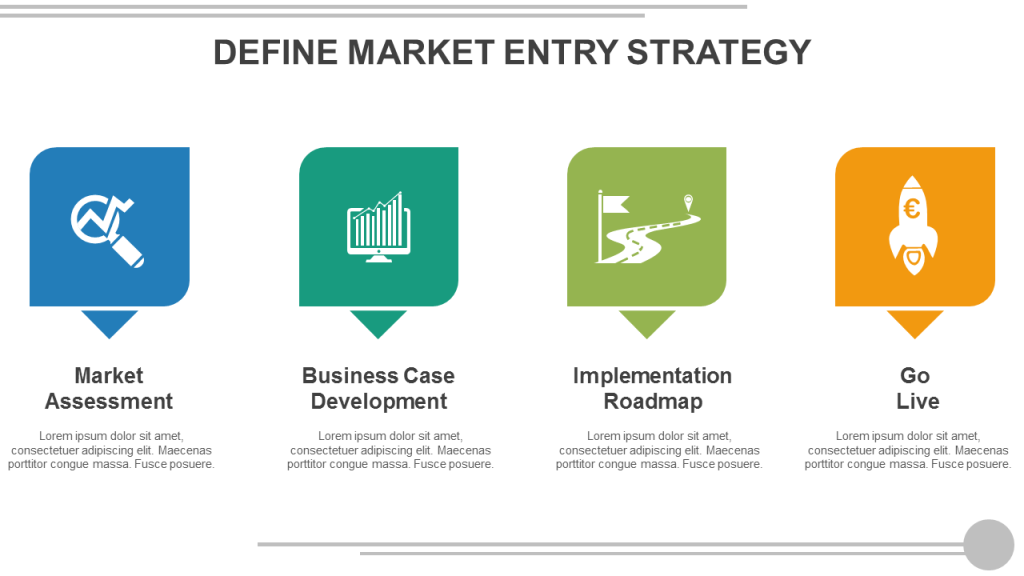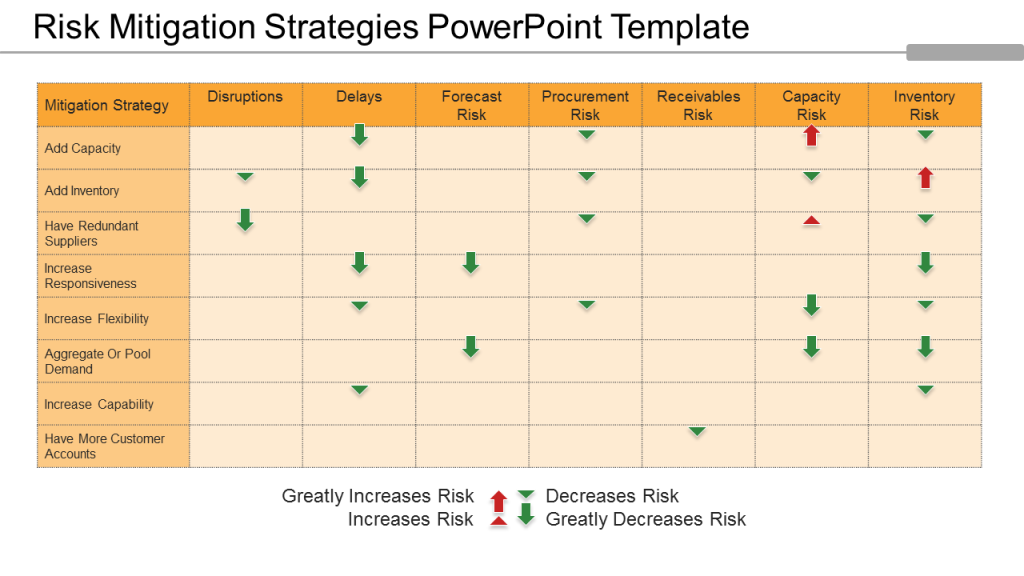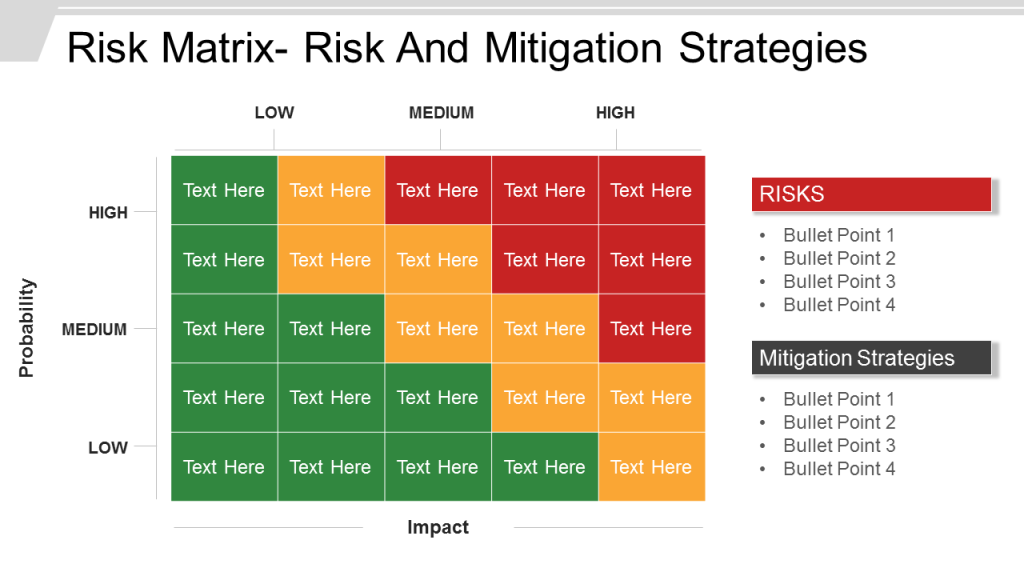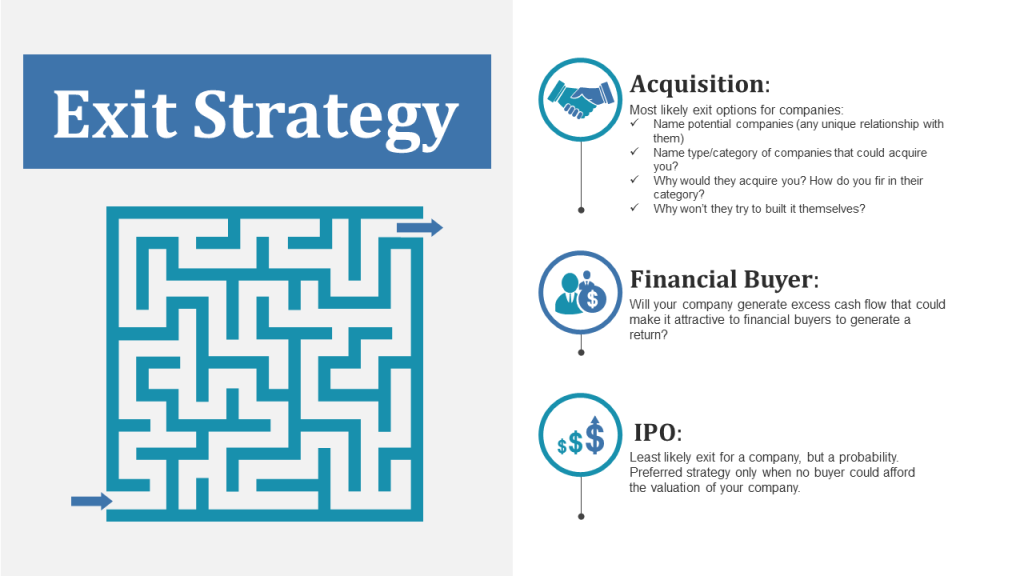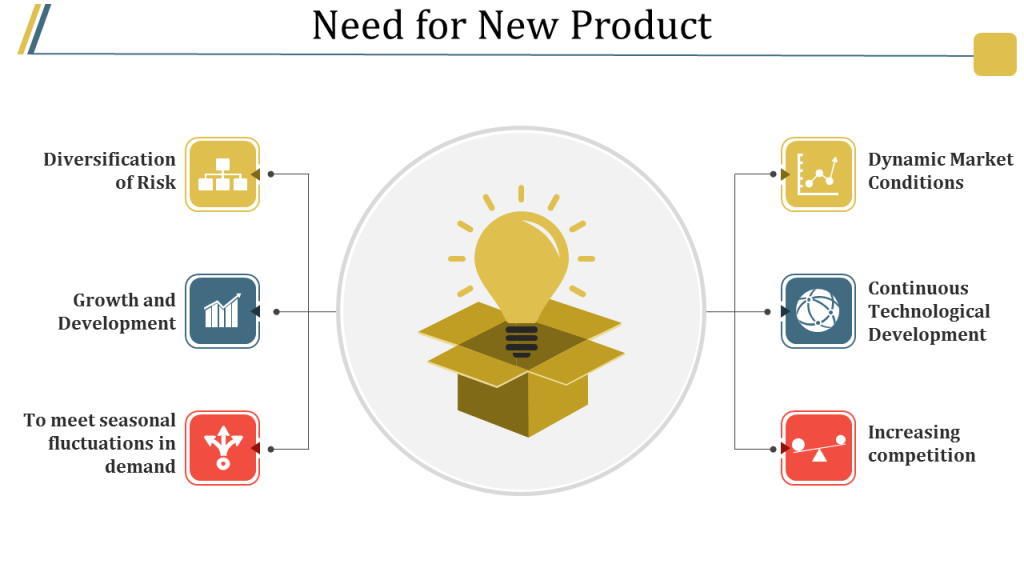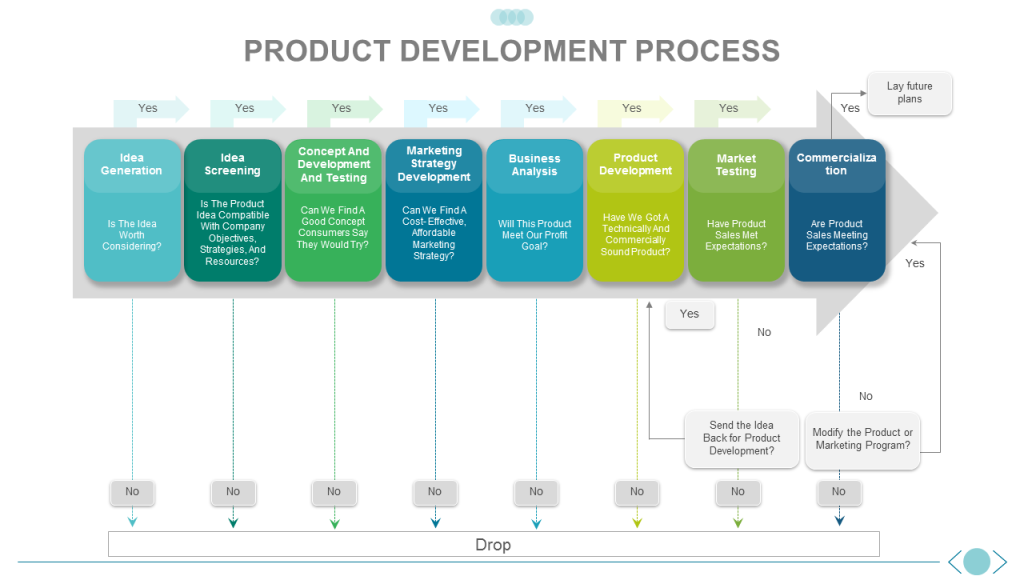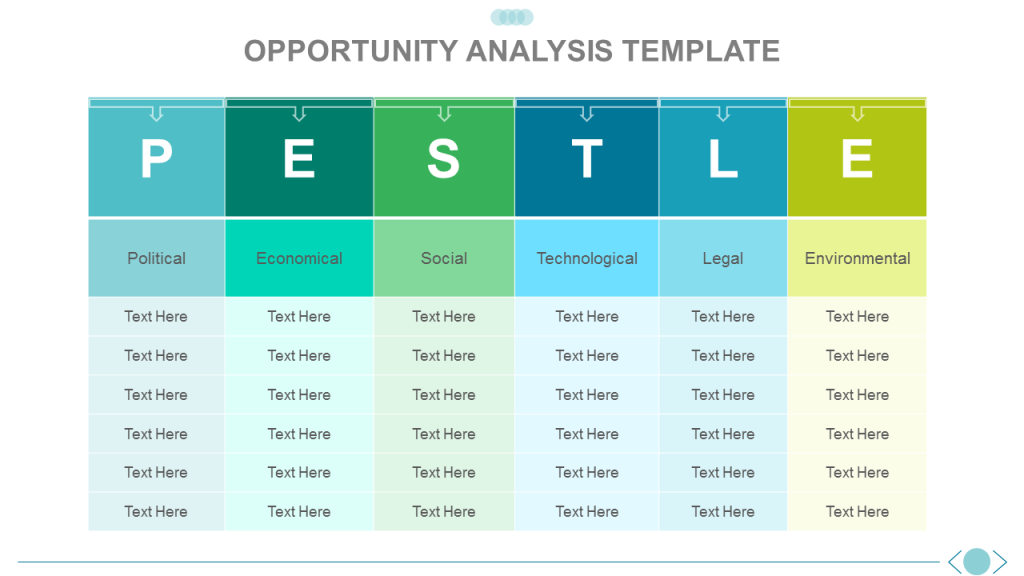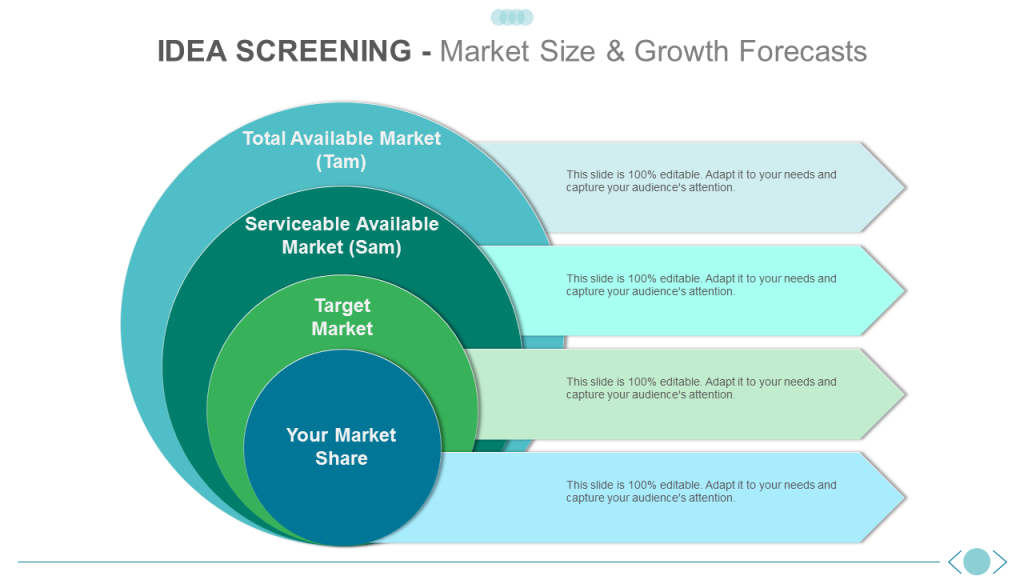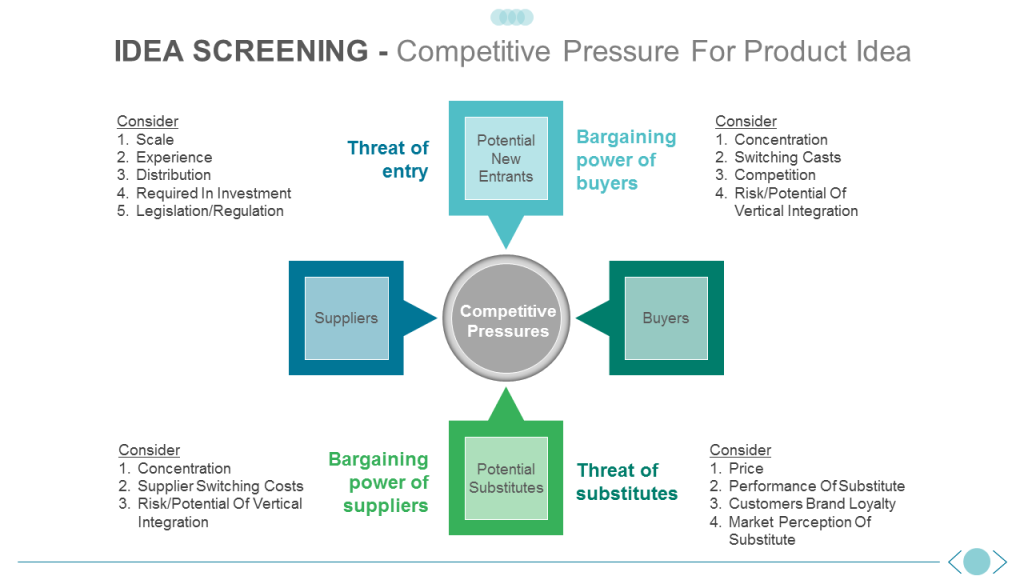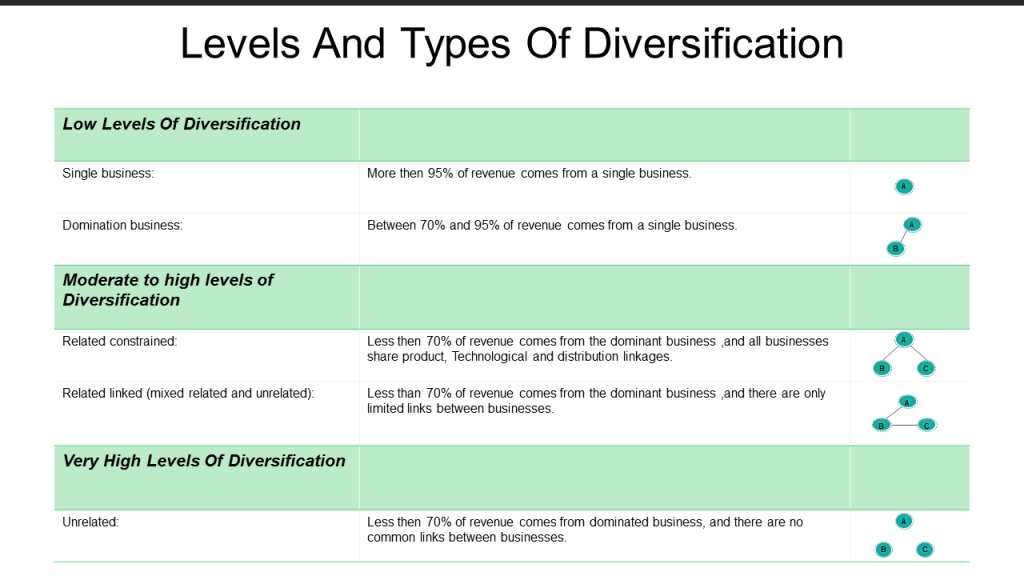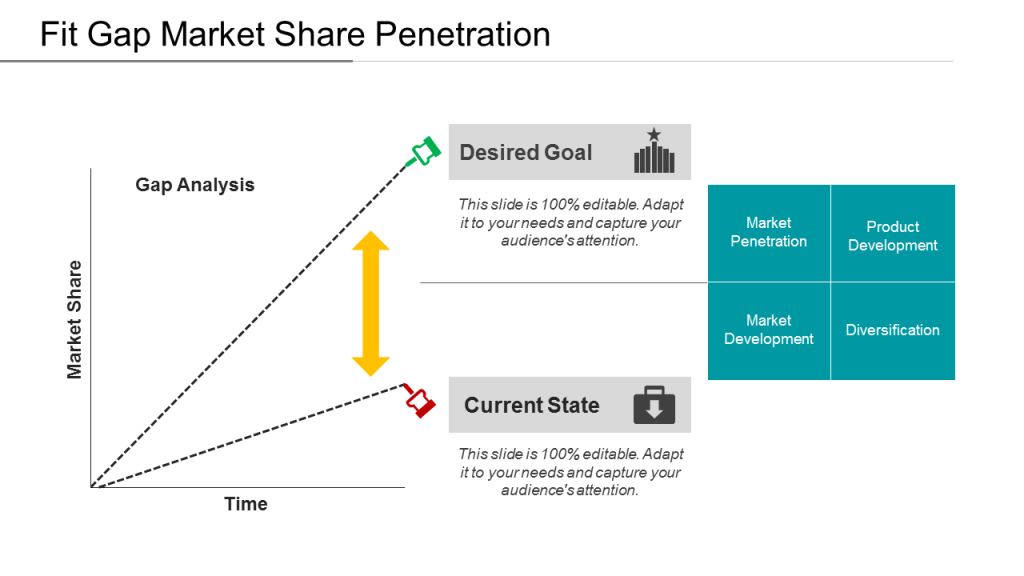The Ansoff Matrix is one of the most popular models in strategic management to plan product and market growth. Developed by Harry Igor Ansoff, a Russian American applied mathematician, business manager and the father of strategic management, the matrix was first published in 1957.
The matrix, also known as the "product mission matrix", is a 2x2 matrix that provides 4 possible business growth strategies - Market Penetration, Market Development, Product Development, and Diversification. Two of these focus on the product while the other two on the market. Each of these growth strategies has a varying degree of risk.
Here is how the Ansoff Matrix looks:
Download the Ansoff Matrix PPT Template
4 Growth Strategies According to Ansoff Model:
#1- Market Penetration (Existing Product, Existing Market)
Under the market penetration strategy, businesses strive to increase their market share with existing products in the current market. This is the least risky strategy as no new products and new markets are being explored. The scenario is possible if the market itself is growing. By aggressive marketing tactics and engaging in price wars, businesses can acquire a bigger market share over their competitors.
#2- Market Development (Existing Product, New Market)
The market development strategy requires a business to identify new markets for the existing products. Before entering a new market, you would perform a PESTLE Analysis of that geographical region i.e. analyze the political, economical, social, technological, legal and environmental factors that could be an opportunity or threat for your business. Since you would be venturing into new area, this strategy is more risky as compared to the previous one.
#3- Product Development (New Products, Existing Market)
This strategy includes developing new products for the existing market. If the existing customers' needs are evolving and you wish to maximize profits by tapping into the current market only, then you can develop new products that aren't existing in the market. You can develop new solutions to unique problems of your customers. This requires a lot of customer research and the capability to innovate fast. This also carries moderate risk as you would need to invest a lot of time, efforts and money in developing products that may or may not work.
#4- Diversification (New Products, New Markets)
The diversification strategy pushes businesses to not only diversify their product portfolio by introducing new products in the market but also enter new markets. This obviously carries the highest risk among all strategies. If business research identifies a huge market potential for a new product, a business can take the jump and establish itself as the market leader. Business diversification can either be related where they move into a familiar territory or unrelated diversification where the business takes a totally new direction.
Here is mapping out the risk level of each strategy on the Ansoff Matrix:
Download this Editable Product Growth Ansoff Matrix
Ansoff Matrix is often used in the laying out the marketing strategy. A business can come up with multiple strategies by brainstorming and it can map out them on the Ansoff Matrix as in the slide below to assess the risk level of each strategy and potential for higher returns:
Download this Strategic Matrix Template
Market Penetration Strategy - Ansoff Matrix: Helpful Resources & Templates
Although market penetration is considered to be least risky, it is no child’s play. You need to do a lot of market research before making aggressive strategies to increase market share with existing products in the existing market. You don’t want to make a mistake and lose out the current market share of your business.
Perform an in-depth analysis of all market segments and analyze your current penetration rate in each segment. Also analyze the share of wallet i.e. the amount of budget people are spending on you. Based on this research, make realistic estimates of how much penetration rate and wallet share can be captured in each segment. This will give a rough estimate of market potential for your business.
Download this Data Driven Market Penetration Slide
Here is a market attractiveness and competitive positioning matrix to analyze your standing in the market:
Download Market Attractiveness & Market Share Matrix
If competitors are gaining in market share, analyze reasons why customers are switching from your product or service to theirs. Maintain your market share at all costs:
Download this Market Share Diagram
Market Penetration Strategies:
Even though you are not introducing new products or entering new markets, you can still grow your business using the below marketing strategies:
Download Marketing Strategy PPT Slide
1. Modify the Product: You can make small modifications to your existing product portfolio in terms of feature, user experience or design that will make customer’s experience better.
2. Use competitive pricing strategies: Maintain your market share or try to increase it by lowering the price to gain a competitive advantage. Of course, this will be a marginal price drop since you need to maintain a decent profit margin.
3. Take advantage of a growing market: If your target market is growing or there are new users in the same segment, be the first to grab this opportunity to expand your market.
4. Increase the usage of product by customers: Add value or make modifications to the product in such a way that your existing customers are compelled to buy more in quantity. Loyalty programs and cashbacks are a good way to entice users to purchase more from you.
5. Use marketing strategies like referral program: Increase your customer base using the existing customers by giving rewards for every referral. This strategy yields double benefits- existing customer get rewards and new customers are made leading to more sales.
6. Use more distribution channels: Liaison with more distributors and retailers so that your product is available at more locations. Faster delivery service will also pull customers towards your business. You can branch out into more channels such as online channels to get a customer from more than one place.
Market Development Strategy - Ansoff Matrix: Helpful Resources & Templates
As we discussed in the beginning, market development strategy according to the Ansoff model is trying to grow your business by identifying new market segments for your existing products. Assuming you have done market research and found an attractive market for your products and services, get down into specific details to maximize opportunities of success.
For instance, identify your target market. Gather as many details as you can about this market and its audience. Segment your market on the basis of demographics (age, income, gender, etc.), geographic, psychographic (mindset, attitudes) and behavioral (lifestyle).
Download Target Market Slide ( Slide 5 of Complete Deck)
Also, define your market entry strategy. Do a market assessment which includes assessment of your competitors - their market share, pricing strategy, marketing strategy, and so on. Identify your competitive advantage so that you can use that to gain market entry and carve a space for yourself. Decide your distribution channels and sales channels. Have a roadmap that outlines the stage by stage development of your strategy. Ensure that no department, be it operations, sales, marketing or IT, is left out. When you are ready, launch in the market using all your promotional resources.
Download Market Entry Strategy Slide (Slide 7 of Complete Deck)
While you should be prepared to use the market opportunities, also be aware of the problems that may rise in advance. If the product is a tremendous success, do you have the raw material and manufacturing capabilities to meet the demand? Prepare your Risk Mitigation Strategy in advance so that you are ready to minimize any risk to your business.
Download this Risk Mitigation Strategies PPT Template
Here is a risk matrix to classify the threat level of a risk so that the highest risks are dealt with on priority:
Download this Risk Matrix Presentation Slide
Finally, you also need to have an Exit Strategy in place. An exit strategy is not always made with a mindset of getting out of a bad situation or failure. You can even have it to cash in on success and make the most out of a good situation. You can decide if you want to take the M&A (Mergers and Acquisition) route or the IPO route.
Download Exit Strategy PPT Slide
Product Development Strategy - Ansoff Matrix: Helpful Resources & Templates
The third business development strategy according to the Ansoff model is Product Development strategy where you launch new products for the existing market served by you.
One of the biggest reasons for introducing a new product could be the identification of new customer needs by your research and development (R&D) team that the current product is unable to meet. Other reasons could be growing competition and the need to diversify to stay alive in the competition, seasonal fluctuations in demand, and the desire to take a risk to grow your business. You could go in for brand extension i.e. launching a new product using your existing brand name. This new product could be the existing product in a new package or an entirely new product in a different category.
Here are the most common reasons for introducing a new product in the market:
Download Need for New Product Diagram
Product Development follows a certain process summed up in the diagram below - the eight stages of product development being idea generation, idea screening, concept development and testing, marketing strategy development, business analysis, product development, market testing and commercialization.
Download New Product Development Process (Slide 3 of Complete Deck)
You might have many new ideas for a product. But you know better than to be carried away by emotions or gut instinct. You need hard facts and research to choose the best selling idea. You will screen those ideas at many levels, one being PESTLE analysis. While you definitely perform PESTLE Analysis during the market development strategy, you should perform the same in product development strategy to be sure that the new product will not face any backlash due to one of the either factors:
Download PESTLE Analysis Template (Slide 14 of Complete Deck)
You should also screen all product ideas using the market research findings. Identify the new product’s total available market, serviceable available market, potential target market, and potential market share. The idea that has the potential for maximum market share should be taken forward:
Download this Market Share Slide (Slide 19 of Complete Deck)
Perform Porter’s Five Forces Analysis to assess the attractiveness and profitability of the industry for the new product and the competition intensity. The five forces are threat of new entrants, threat of substitutes, bargaining power of customers, bargaining power of suppliers, and industry rivalry. This analysis will help you decide the potential profit and competition for the product idea.
Download Porter’s 5 Forces Analysis (Slide 20 of Complete Deck)
Follow the next stages in product development process to bring out a strong product in the market.
Diversification Strategy - Ansoff Matrix: Helpful Resources
The last strategy according to the Ansoff model is diversification - launching new products into new markets. This carries the highest risk but the highest profit potential too. The diversification as we discussed in the beginning can be related or unrelated. When the new product and market match the existing product and customer base, it is related diversification and when they do not, it is unrelated.
Download the Levels of Diversification Diagram
To sum up, the Ansoff Matrix is a strategic management tool that helps you grow your business. That means, you have a desired state that you wish to reach. Perform Gap Analysis to see the comparison between current market share and potential market share.
Download Gap Analysis Market Share Slide
Decide which of the four business strategies outlined by the Ansoff model will be the most effective for your business. The goal is to continuously grow, reinvent and position yourself as the leader in the market.


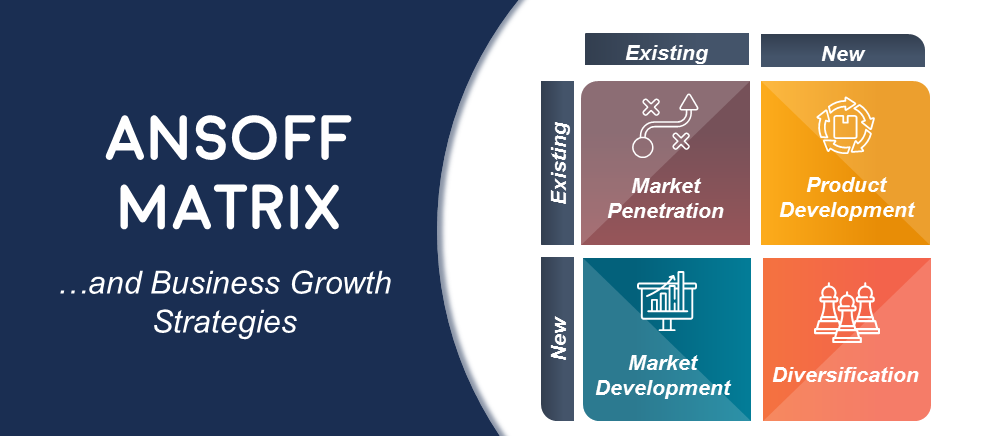


 Customer Reviews
Customer Reviews

